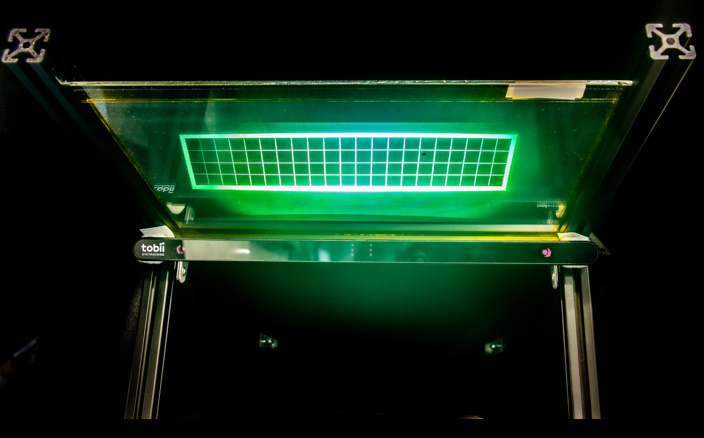Holomorph
Measuring and modeling distortions in holographic optical elements.
Holographic optical elements (HOEs) can be used as a part of a projector-based display to show an image that appears at a distance, instead of on the optical element itself. This can be used, for example, to project an image on a car windshield, but the image will appear as if it was on the road. These displays, however, can exhibit chromatic aberrations and geometric distortions that both change depending on the viewpoint of the observer.
We developed the Holomorph scanning process that can measure these distortions and describe the observed distortion pattern as a mathematical model. This model can then be used in a compensation algorithm to create a distortion-free image or be used to further analyse the properties of the HOE.

My Contribution to the Project
- design and implementation of an algorithm to assess the optical distortion in a HOE using computer vision and machine learning algorithms
- design and implementation of an application that applies a de-distortion to an image signal for distortionless rendering of a video stream on a HOE
- deployment of this solution on a NVIDIA Jetson TX2 for real time de-distortion of an HDMI signal
Team
- Michael Mauderer
- Jonathan Hughes
- Jamie Goddard
Tech
- Vulkan
- OpenCV
- scikit-learn
- Rust
- Tobii eye tracker
- NVIDIA Jetson TX2